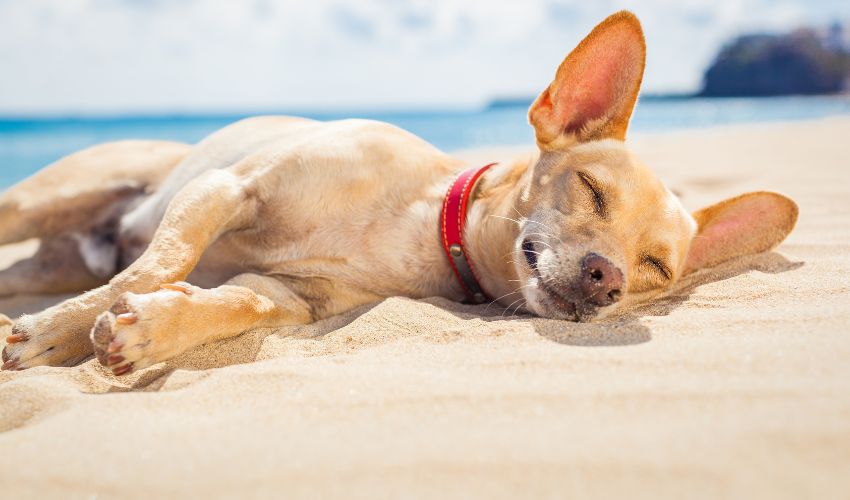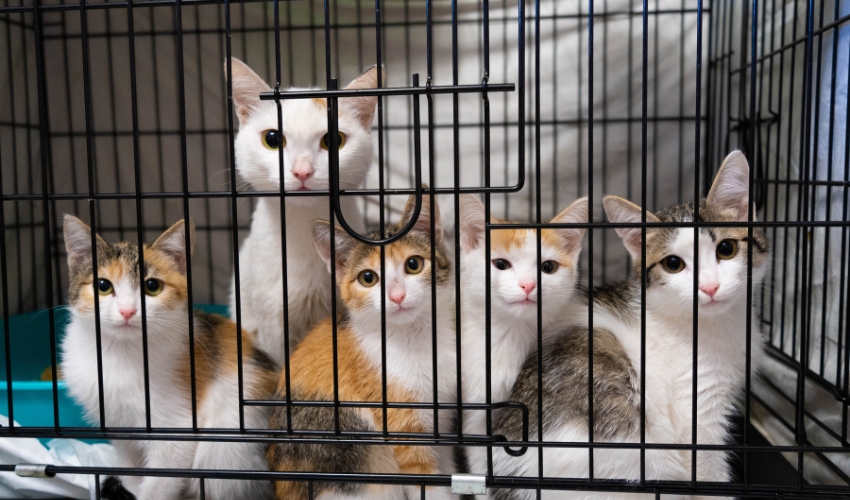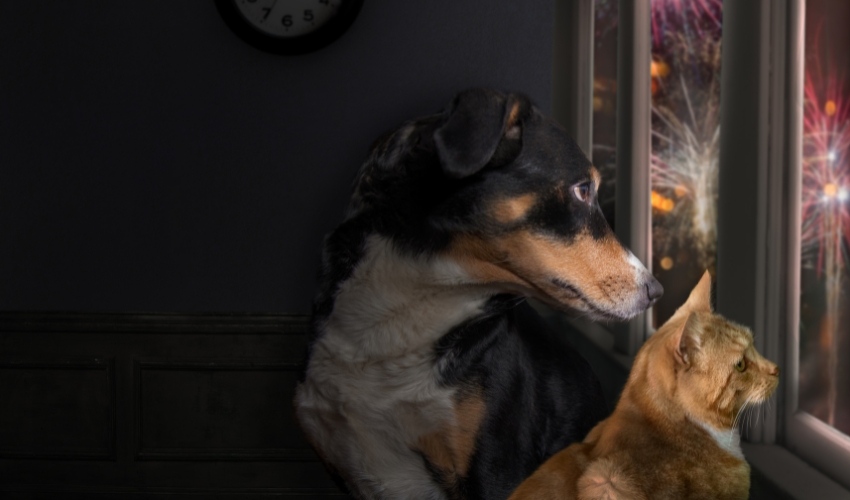As temperatures rise, our animal companions feel the heat just as much as we do. Understanding how hot weather affects pets is crucial for keeping them safe and healthy. Here’s what pet parents and animal lovers need to know about pet behavior changes during hot weather.
1. Increased Panting and Drooling
Panting is a primary way dogs and cats regulate their body temperature. If you notice excessive panting or drooling, your pet might be overheated. Make sure they have access to fresh water and a cool place to rest. It’s important to recognize that while panting is normal, heavy and prolonged panting is not and could indicate that your pet is struggling to cool down.
2. Lethargy and Decreased Activity
Hot weather can sap your pet’s energy. If your normally active pet seems lethargic or unwilling to play, it might be due to the heat. Limit exercise during the hottest parts of the day and provide plenty of shade. Additionally, consider the breed and age of your pet, as some are more susceptible to heat than others. Older pets and breeds with flat faces, such as Pugs and Bulldogs, can have a harder time breathing in the heat.
3. Seeking Cooler Surfaces
Pets often lie on tile floors or other cool surfaces to lower their body temperature. Ensure these cool spots are accessible, and consider providing cooling mats for extra relief. These surfaces help dissipate heat more effectively, offering your pet some much-needed comfort during sweltering days.
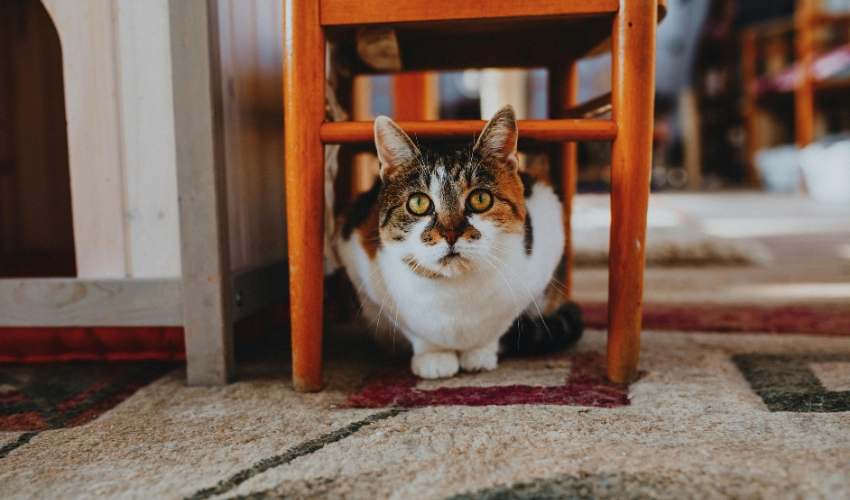
4. Changes in Appetite
Just like humans, pets might eat less when it’s hot. Ensure they have fresh, cool water and monitor their eating habits. If your pet refuses to eat for more than a day, consult your vet. This behavior can be due to the body’s natural response to heat, slowing down metabolic processes to reduce internal heat production.
5. Heatstroke Symptoms
Heatstroke is a severe risk in hot weather. Symptoms include rapid panting, bright red or pale gums, thick saliva, vomiting, diarrhea, and uncoordinated movements. Immediate veterinary attention is crucial if you suspect heatstroke. Heatstroke can be fatal, and quick intervention is essential. Always have your vet’s contact information readily available during the summer months.
6. Behavioral Changes
Hot weather can make pets irritable or anxious. Look for signs of restlessness, unusual aggression, or excessive grooming. These behaviors can indicate discomfort from the heat. Understanding these signs can help you provide timely relief, such as moving your pet to a cooler environment or offering them water.
7. Paw Pad Burns
Hot pavement can burn your pet’s paw pads. Walk your pet during cooler times of the day and check the pavement temperature with your hand. If it’s too hot for your hand, it’s too hot for their paws. Consider using protective booties for your pets if you must walk them during warmer periods.
Tips to Keep Your Pet Cool:
Hot weather can be challenging for pets, but there are several strategies to help them stay cool and comfortable. In this section, we’ll explore practical and effective tips to ensure your pets are protected from the heat.
- Provide Ample Fresh Water: Ensure that your pet always has access to fresh, cool water. During summer, pets can dehydrate quickly. You can add ice cubes to their water bowls to keep the water cooler for longer.
- Never Leave Your Pet in a Parked Car: Even with the windows cracked, the temperature inside a car can skyrocket within minutes, leading to fatal heatstroke.
- Use Fans or Air Conditioning: Keep your home cool with fans or air conditioning. If you don’t have AC, use fans strategically and keep the shades drawn to block out the heat.
- Offer Ice Cubes or Frozen Treats: Create frozen treats by mixing water with their favorite snack and freezing it. These treats can provide a fun and delicious way for pets to cool down.
- Ensure Shaded Areas: Make sure there are shaded areas in your yard or outdoor spaces where your pet can retreat from the sun. A small kiddie pool can also be a great way for dogs to cool off.
- Cool Towels and Cooling Vests: Wet a towel with cool water and let your pet lie on it, or place it over them. There are also cooling vests available that are designed to keep pets cool for extended periods.
- Limit Outdoor Activities: Schedule walks and playtime during the cooler parts of the day, such as early morning or late evening. Avoid strenuous activities in high temperatures.
- Grooming: Regular grooming helps keep your pet’s coat free of mats, which can trap heat. However, avoid shaving your pet down to the skin, as their coat also protects against sunburn.
- Monitor Humidity: High humidity can make it harder for pets to cool themselves down. Keep an eye on both temperature and humidity levels when planning outdoor activities.
- Watch for Signs of Heat Distress: Keep a close eye on your pet for any signs of overheating or distress and act quickly to cool them down if necessary.
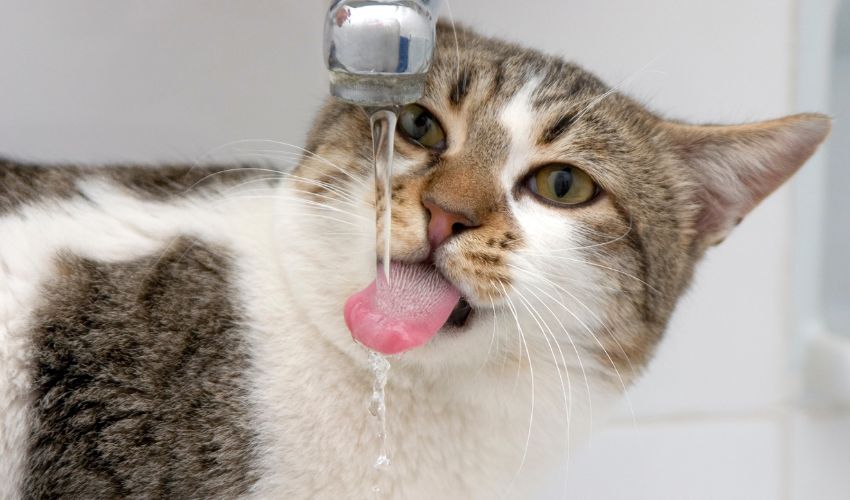
By understanding and addressing pet behavior changes in hot weather, we can ensure our beloved pets stay comfortable and safe all summer long.
At Doobert, we believe in the power of community to protect and care for our pets. By becoming a Doobert volunteer, you can make a significant impact on animals’ lives, especially during the challenging summer months. Join us in our mission to ensure every pet stays safe and healthy, regardless of the weather.

